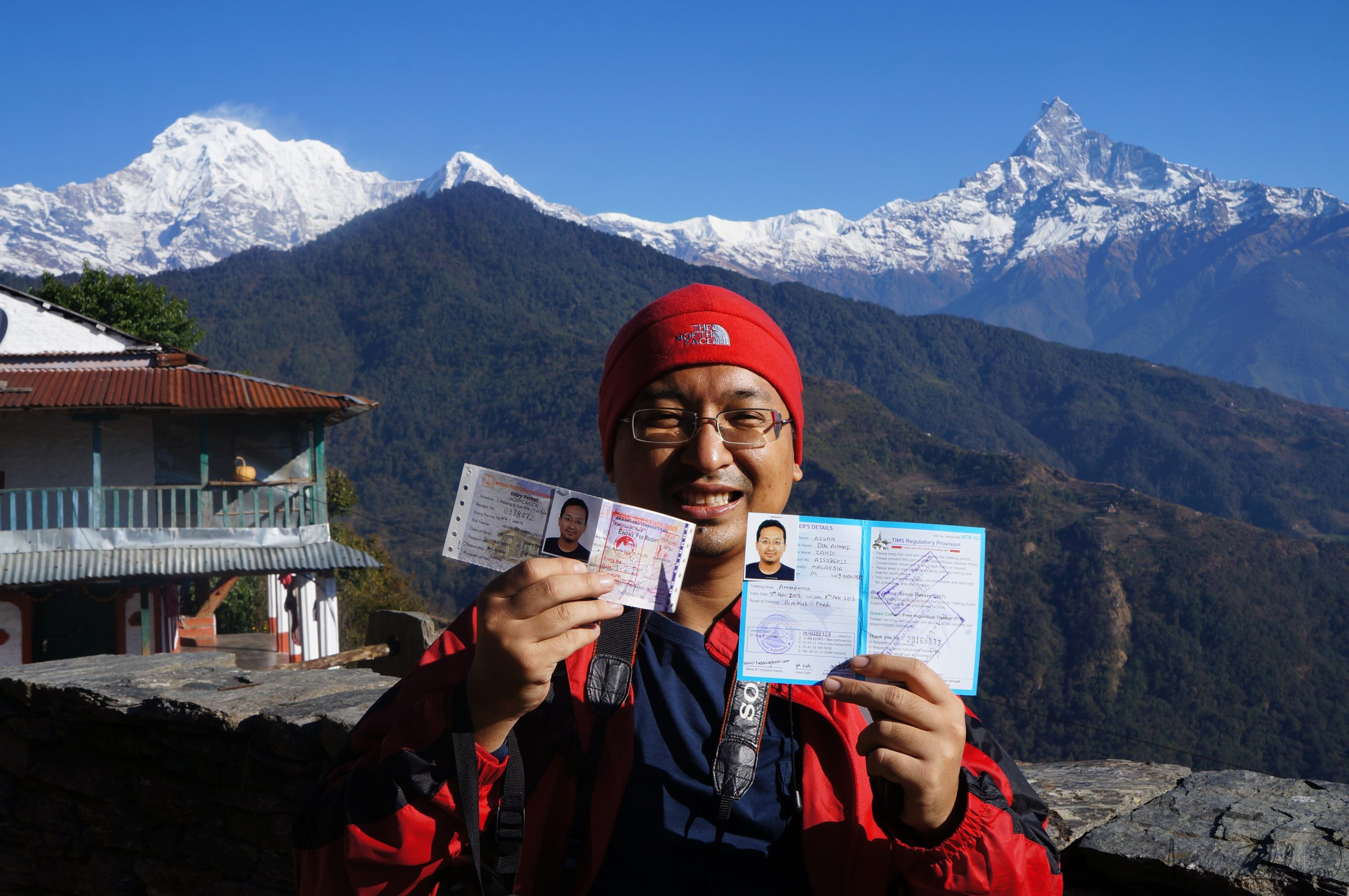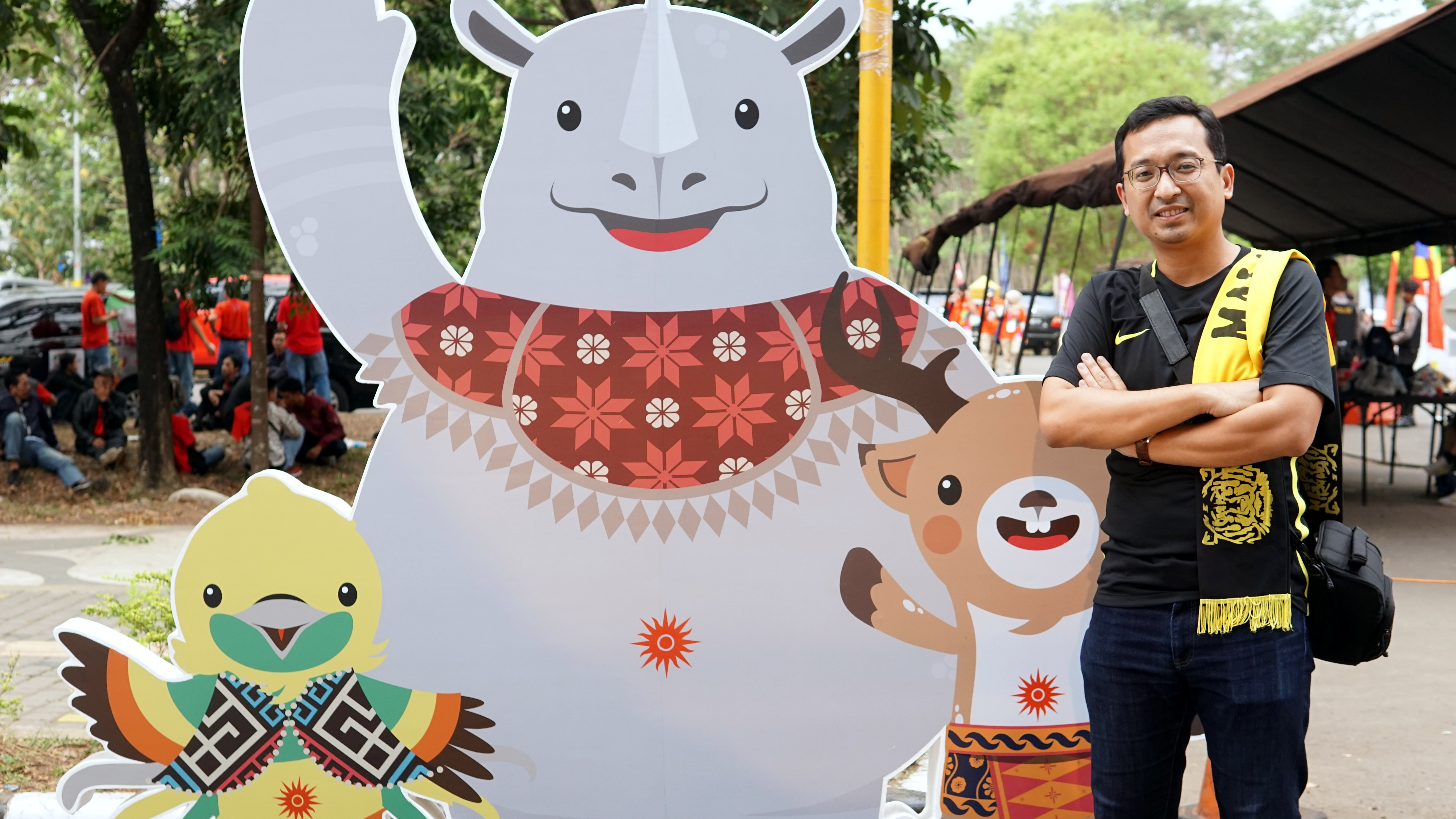On one fine sunny day in year 2013 – My legs were trembling, my shirt clinging to my back. I paused, trying to catch my breath, and muttered under it, “Apa kebende aku buat ni wei.” There was no turning back. We had been trekking one little stretch of the Annapurna circuit in Nepal for hours, somewhere between exhaustion and stubborn pride. Regret was creeping in, but giving up wasn’t an option. I looked at my best friend, who was equally drenched and breathless, and we both laughed at our misery. Sometimes, laughter is the only thing that keeps you moving uphill.

A few months earlier, I was buried in work, badly out of shape, and desperate for a physical “reset”. My wife’s cooking hadn’t helped my fitness levels, but to be fair, it’s hard to say no to food cooked with love. I needed a reason to get moving again, lose some weight and when my best friend suggested a hiking trip, the idea clicked. We didn’t have the time or experience for a full Annapurna Base Camp expedition, but we wanted a taste of it — something challenging yet achievable. That’s how Ghandruk entered the plan.
Getting There
Flying into Kathmandu felt like entering another world. The city was a mix of chaos and charm, a tangle of sounds and colours that refused to be organised. But the real adventure began with our next flight — a short hop to Pokhara on Buddha Air.

The aircraft was an ATR, visibly tired from years of service. As an aviation enthusiast, I couldn’t help noticing the worn interior and faint scratches on the window. For a brief moment, I questioned my decisions. Nepali air safety records weren’t exactly comforting reading.

But then we took off, and all those worries vanished.

The view outside was pure magic. Snow-capped peaks lined up like giants, and the aircraft flew parallel to the Himalayas, so close you could almost trace the ridges with your fingers. The crew mentioned the names, Dhaulagiri, Machapuchare, Annapurna and for once, everyone on board was silent. That short flight, with its mix of fear and awe, set the tone for the whole journey.
Pokhara: The Calm Before the Climb
Pokhara was peaceful. After a long day of travel, we had dinner by Phewa Lake, watching the mountains reflect off the still water. The calmness of the place felt like a prelude to something bigger.

We spent the evening getting our gear ready, which in true Malaysian style meant buying a few “original copy” items at a fraction of the price we’d pay back home. Backpacks, trekking poles, gloves — all ready for our little adventure. We had no idea what we were really in for.
The Trek Begins
The next morning, a bumpy jeep ride took us to Nayapul, where the real journey started.

The first few kilometres felt easy (thanks to the adrenaline and excitement as well!) — beautiful weather, smiling villagers, and that sense of freedom that only comes when you’re far from home. But by mid-morning, reality hit. The path grew steeper, the steps endless, and the air thinner.


It’s funny how fast excitement turns into fatigue. My legs screamed, my lungs burned, but every corner revealed another postcard view — terraced fields, stone houses, children walking to school. What was a challenge for us was daily life for them. That thought humbled me.





By the time we reached Ghandruk, it was almost dusk. The village sat on the mountainside like something out of a painting. From our guesthouse balcony, we saw Annapurna South and Machapuchare glowing under the setting sun. The struggle felt worth it.


Dinner was simple — dal bhat, the local staple. Rice, lentils, vegetables, and warmth. There’s something special about food eaten after a long day of effort. It nourishes more than just the body.
Day Two: Pushing Through to Pothana
The second day was harder. Every muscle protested, but quitting wasn’t in the plan. The morning view was amazing to give us a bit of a morale boost.

We left Ghandruk while the sun is slowly rising, the air crisp and quiet.


Mist rolled through the valley, and every now and then, a yak or mule train passed by, their bells echoing in the stillness.
We talked less and walked more. The path wound through forests and streams, sometimes flat, sometimes brutally steep. The reward was always the same — those breathtaking mountain views that made you forget the pain, even for a moment.

At one tea house, a local man laughed as we collapsed into chairs. “First time?” he asked. We nodded. “You walk for fun. We walk for life.” That hit me harder than the altitude.




It was brutal for me personally. Yet to recover from the first day stretch and slowly we were off track from the desired pace. We had more and longer stops at guest houses which gave me a bit of a break but I simply love how every stop has its own memories.

Finally, our stop for the night.

That night, at a guesthouse in Pothana, we sat by the fire with other trekkers. Everyone had their own reason for being there — escape, healing, curiosity. It made me realise that travel, at its best, connects people through struggle.

The Final Stretch
The last day was a mix of relief and disbelief. Relief that it was almost over, disbelief that we had actually done it. The path to Dhampus was gentler but long, winding through small villages and endless views.




By midday, we were racing the clock, afraid of missing our flight back to Pokhara. When we saw a local in his pickup, we didn’t hesitate to ask to hitch a ride. Sitting in the back, I couldn’t help smiling. It wasn’t glamorous, but it was perfect.

Reflections
Back in Pokhara and later Kathmandu, after a hot shower and a proper meal, we looked at each other and laughed. Three days. That’s all it was. But it felt like we had been gone for weeks.
The trip wasn’t just about trekking. It was about rediscovering simplicity, humility, and endurance. It reminded me that fitness isn’t just physical; it’s mental. I had trained before coming, lost some weight, and felt proud that I had pushed myself beyond what I thought possible.

Sometimes, the best adventures are the ones you enter unprepared. They teach you not just about the world, but about yourself.
I came to Nepal for a break — from work, from comfort, from routine. I left with a stronger body, a clearer mind, and a deeper respect for the people who call those mountains home.
Looking back now, that trip changed how I see myself. Up there in the Himalayas, I didn’t just find a mountain. I found clarity.



